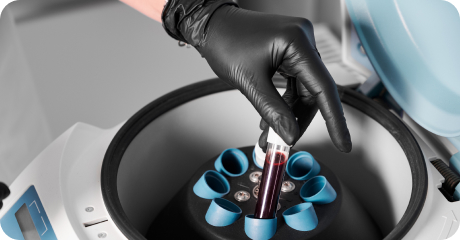- Call: +919990304304
- Email: info@drvikasmittal.com

The mediastinum is the central chest compartment between the lungs that contains the heart, esophagus, trachea, thymus, major vessels, and lymph nodes. Diseases may be congenital, infectious, inflammatory, or tumorous.
Common Conditions:
The chest wall includes ribs, muscles, cartilage, and skin. Diseases can be due to trauma, infections, tumors, or congenital deformities.
Common Conditions:
The diaphragm is the main respiratory muscle. Its disorders can impair breathing and organ function.
Common Conditions:
Mediastinum |
Chest Wall |
Diaphragm |
|---|---|---|
Symptoms
|
Symptoms
|
Symptoms
|
Causes
|
Causes
|
Causes
|
Diagnosis
|
Diagnosis
|
Diagnosis
|
Treatment
|
Treatment
|
Treatment
|
Yes, some mediastinal masses, like lymphomas or thymic tumors can be malignant and may require chemotherapy, radiotherapy or surgery.
No, treatment depends on the cause, some may need only observation, others biopsy or medical therapy, and some surgical removal.
Small ones need lifestyle changes and acid – reducing drugs. Larger or symptomatic ones may need surgical repair.
Yes, it usually follows trauma and can cause abdominal organs to herniate into the chest, needing urgent surgical correction.
Yes, pain from Costochondritis or rib issues may feel similar but lacks other cardiac symptoms. Proper evaluation is crucial.
Through imaging (CT/MRI) followed by a biopsy to determine if they’re benign or malignant.
Only in moderate to severe cases that affect breathing or cause psychological distress. Mild cases may not need surgery.
Yes, chest wall TB can cause abscesses or chronic draining sinuses, requiring anti – TB treatment and sometimes surgical drainage.
It often causes breathlessness, especially while lying down. Some patients remain symptom – free and don’t need treatment.
It’s an abnormal elevation of a weakened diaphragm, which may mimic paralysis but is structurally intact.
Small ones need lifestyle changes and acid reducing drugs. Larger or symptomatic ones may need surgical repair.